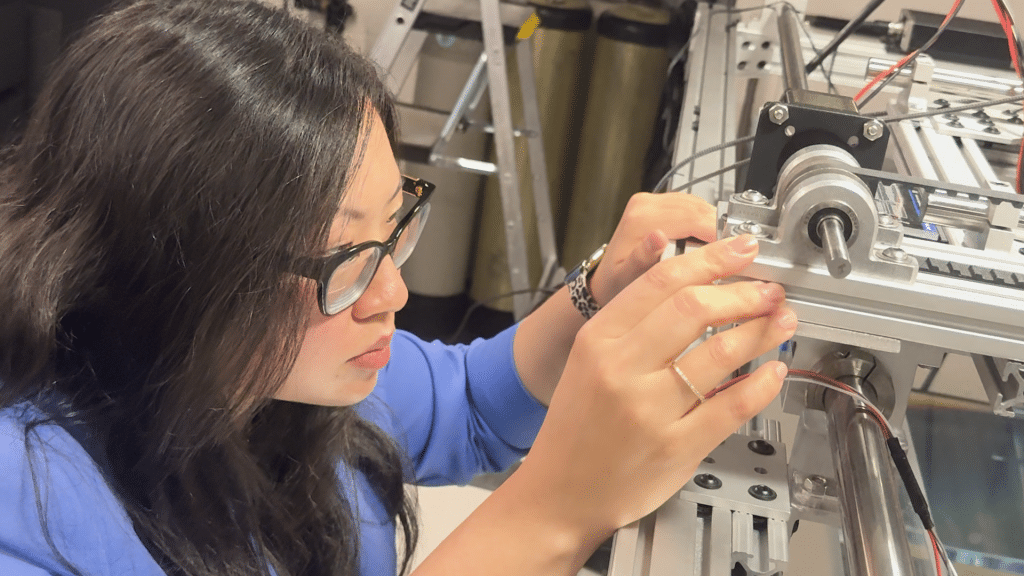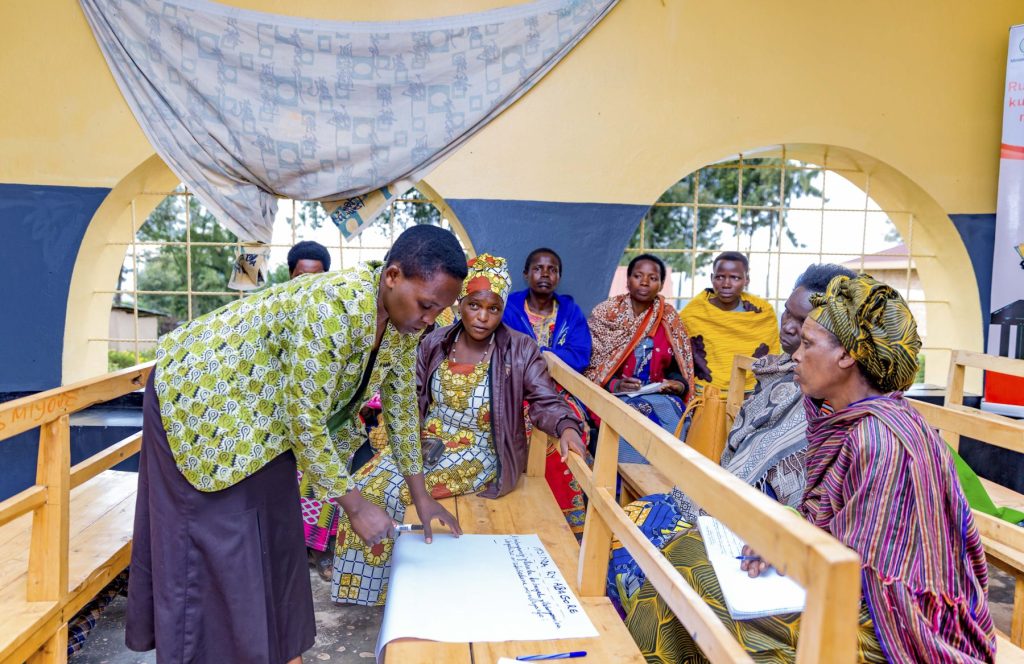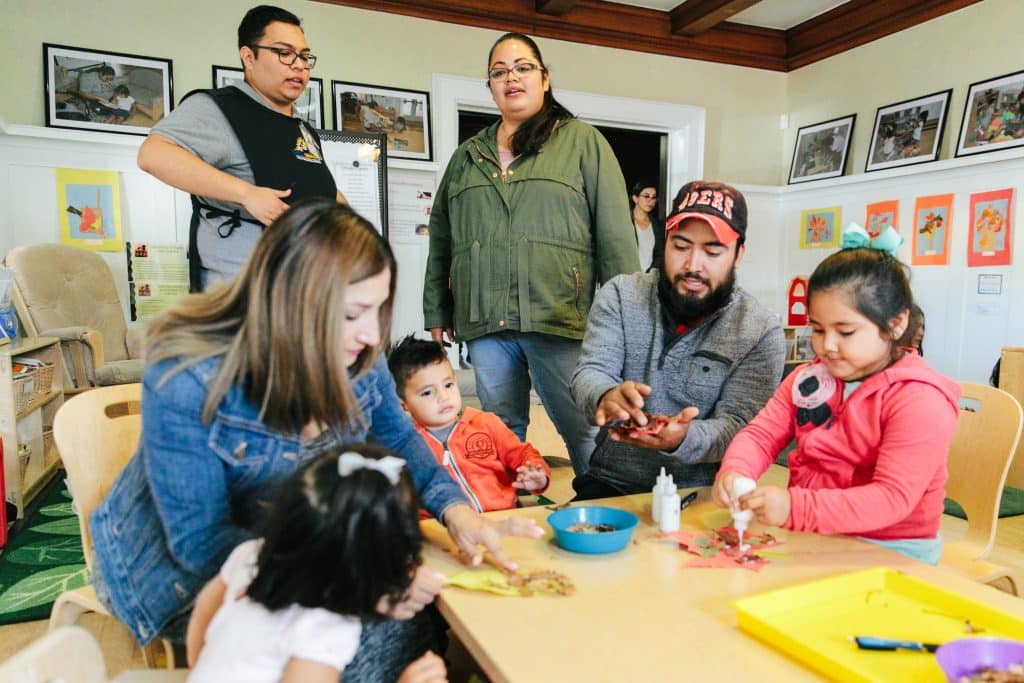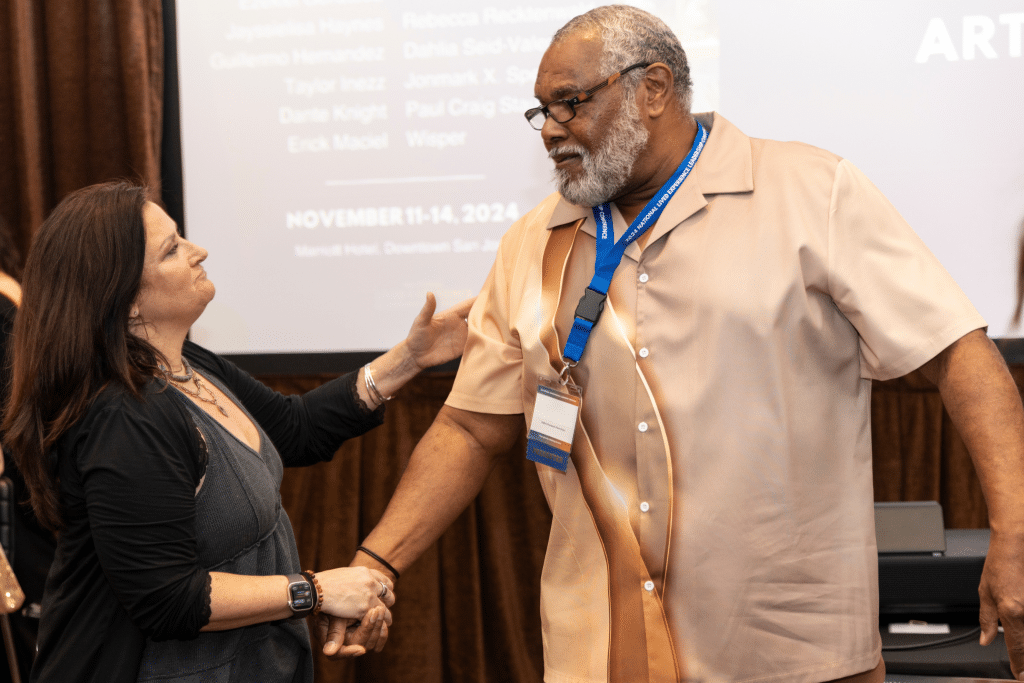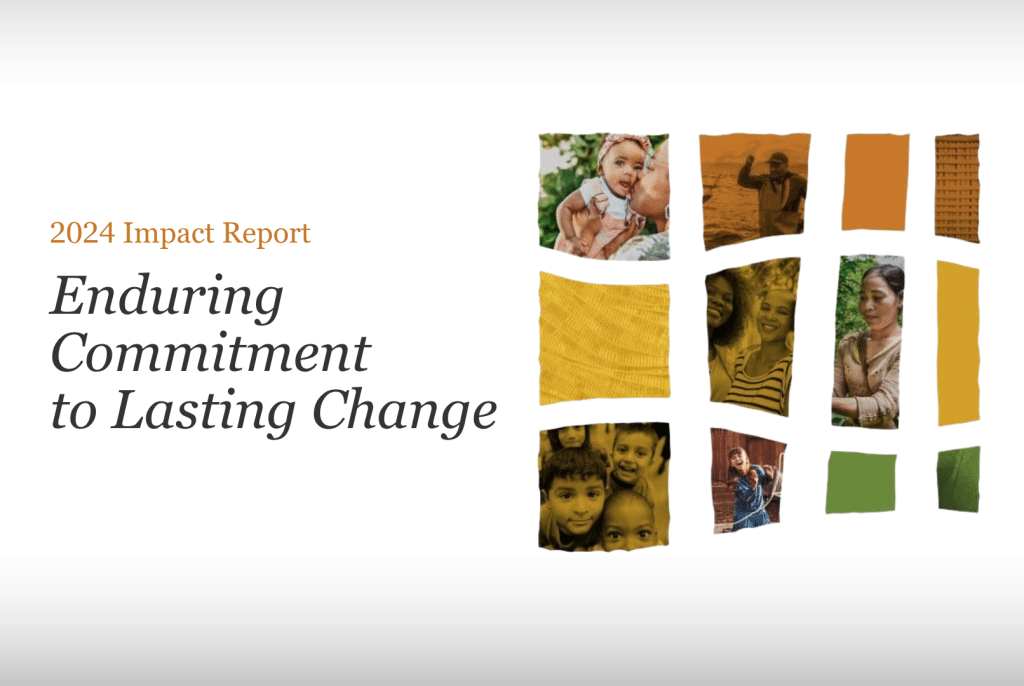No one can solve the world’s problems alone, yet often it feels easier and more efficient to get through our long to-do list by ourselves. It is time consuming to find others doing similar work, and to really collaborate you need to build relationships first.
The Packard Foundation’s OE team focuses on capacity building, and we believe building capacity together can be incredibly powerful for building relationships and amplifying impact. For the last five years, we have worked with our grantee partners (and when possible with other funders) to design customized cohorts where groups of leaders and organizations learn together to build capacity in a specific focus area such as leadership, communications, fundraising, etc.
After a few years of co-designing and funding these cohort projects, we wanted to see how we were doing. We asked ORS Impact to help us to learn about two questions: 1) Does building capacity through cohorts really work? And 2) do participants actually build and sustain relationships?
ORS Impact evaluated nine of our cohort-based capacity building projects (you can read the full report here). Data collection included surveys with participants and in-depth interviews with a subset of participants, program officers, and the intermediary organizations who ran the cohort projects.
On the first question (Does building capacity through cohorts really work?) the evaluation found that the cohort projects were effective in building capacity.
- 99% of participants self-reported that their capacity in the focus area increased as a result of participating in the cohort project.
- Interview data showed that participants were putting what they learned into practice and that changes in capacity held up over time.
On the second question (Do participants actually build and sustain relationships?) the evaluation found a “cohort effect” from learning together in a group. 100% of participants reported that they benefited from the peer-learning format. For example, it was helpful for both individuals and organizations to hear that others in their position encountered similar issues and barriers. All of the projects also led to some information-sharing connections where participants exchanged dialogue or resources related to their field/issue area. In one example, a cohort of sustainable seafood leaders in a leadership development project collaborated on a white paper that catalyzed an NGO alliance and raised the profile of social issues in the sustainable seafood market.
The conditions have to be right to make the difference between a successful experience and one that falls flat. Based on the evaluation, ORS Impact made several recommendations for planning a cohort-based capacity building project.
- Cohort projects work best when the program strategy has specific goals around strengthening fields or movements. For example, our Population and Reproductive Health (PRH) program in the U.S. South requires a strong network of organizations and individuals working together to advance reproductive rights. The cohort projects we have funded with the PRH program are focused on building leadership capacity and relationships among leaders. Other times when we have funded cohort-based projects only because it was more efficient to train a group of organizations in the same topic at the same time, without explicit goals around building relationships or a network, the model was not as effective in building field collaborations.
- Setting clear expectations for the time required to participate in the cohort is critical. This means not only the time required to attend sessions but also having the space to put lessons from the project into action.
- In-person gatherings were found to be the more beneficial to participants than virtual sessions.
- Having multiple staff from an organization participate in a cohort project is important, so that in the event of staff turnover, the knowledge gained from the project endures.
- Cohorts work best when group trainings are led by engaging and responsive facilitators and balanced with tailored individual support from coaches. Checking in with participants individually between group sessions keeps the material relevant and fresh.
It takes extra time and effort to design these experiences well, but from what we’ve seen so far, we believe that the juice is worth the squeeze. When designed well, these projects can strengthen participants’ capacity AND build important relationships within a field or movement. Those relationships help leaders and organizations to exchange ideas and address shared issues to accomplish what cannot be done individually. I like to think of it as a two-for-one deal—increased capacity and network-building in one!
